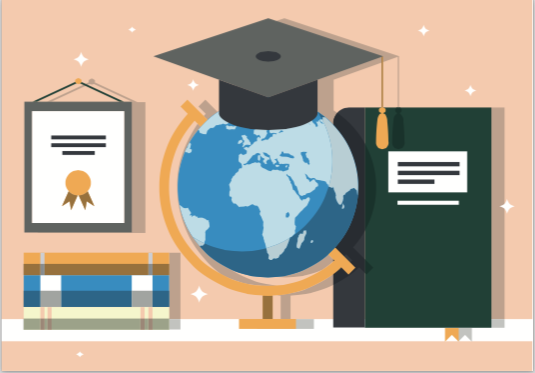Pending Changes To Education
Why do classrooms look almost identical to what we saw 30 years ago? Outside modern updates to the chalkboard and students sneaking a text instead of a note, classroom education has rooted itself in the old ways. However, new and exciting changes could soon enter public schools. Joe Williams, the executive director of the Democrats for Education Reform, said he’s talking about a real shift through technology. In fact, Williams says education technology will continue to advance until students receive more individualized instruction.
Education technology: Where it’s headed?
The co-founder of Bridge International Academies, Shannon May, says technology will start to spin with a more hands-on educational approach. One example of this might be where every student uses their tablet to answer questions, and the teacher will use this information to identify the struggling students who answered incorrectly. Once she has found the student in need of more individualized attention, she can help them instead of letting them fall behind.
Right now, educators have unfortunately just placed a focus on putting tablets in the hands of school children. While that’s a step in the right direction, we need to improve how students learn in the classroom through that technology. One trap we have to avoid is handing out technology that just looks cool. It might look cool, but the tools given out should power a better curriculum. Technology should enhance the teaching and learning process, and not just be a shiny, new toy. Most children are smart enough to get around the firewalls that most schools put on their devices anyway, so before they’re sitting there playing online games all day, we need to make sure they’re using the devices the way they’re intended to be used.
Innovation: The new path of education
The common complaint of traditional education is how it’s very formal and straightedge. In other words, you have to sit down, read your textbook and stay quiet. We have a lot of room for revolutionizing the classroom, however. One of the finer examples of education done well includes the Montessori school method. Some famous people educated in this lesser-known system include:
- Sergey Brin and Larry Page, founders of Google
- Prince William
- Prince Harry
- Jeff Bezos, founder of Amazon
What classrooms could learn from Montessori
In Montessori schools, teachers foster independence. Watching your child bristle with pride as he sweeps the floor with a child-sized broom or washes the dishes at a sink his size puts a smile on your face. This takes learning away from the conceptual and applies learning lessons to real life situations. The materials at these schools allow for self correction where students identify and learn from their own mistakes. Instead of an adult telling them when they need help, a child learns to ask for help as needed, which teaches him a greater love for learning because he’s more in control of his own direction.
Along with technology, alternative education will drive further advancements in schools of the future. We need alternative education because more original and revolutionary concepts come from there. These schools exhibit less fear to experiment, which puts you at the brink of learning. Because schools will be more innovative in the future, we need education that builds innovative thinkers. On a worldwide level, we can make the world a better place through higher education. In the future, hopefully schools will hand students the reins to their own education, so they can learn and explore and enjoy learning.


Leave a Reply
You must be logged in to post a comment.